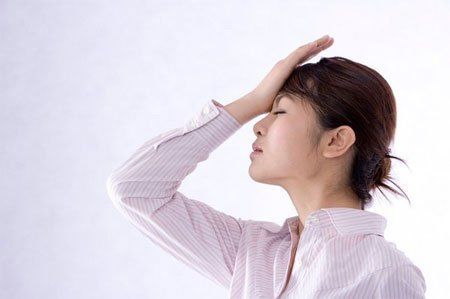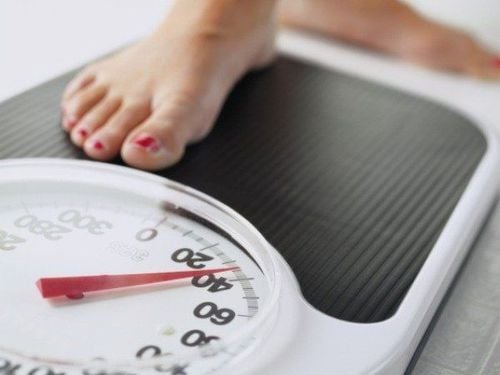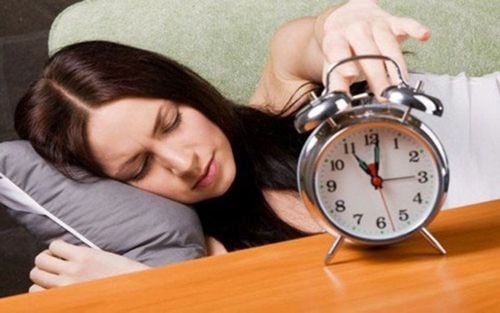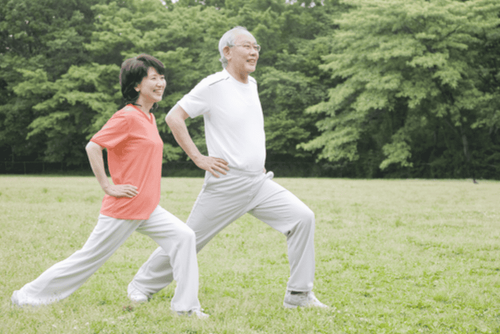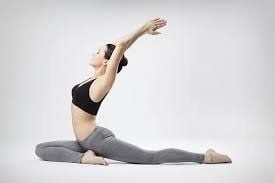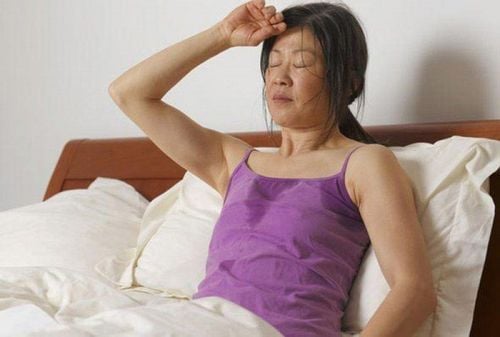This is an automatically translated article.
Yoga originated millennia ago as a source of spiritual growth. But today, we tend to use it more as a form of exercise, and is known for helping build lean muscles. A popular form of fitness-oriented yoga is hot yoga, which involves increasing the temperature (and humidity) in a gym. So what is hot yoga and is it good for health? Read the article below to learn more about this issue!.1. What is Hot Yoga?
The first form of hot yoga, called Bikram Yoga, was created by a longtime yogi named Bikram Choudhury in the 1970s. Bikram yoga is a series of yoga poses practiced in heated rooms. above 40 degrees Celsius and the humidity is 40 percent. The purpose of practicing yoga in a hot and humid room is to increase the heart rate so that the body can exercise with more intensity, and at the same time to let the heat help the muscles relax.Many current hot yoga studios were once called Bikram studios. However, after revelations of the sexual abuse and subsequent litigation, over the past decade, Bikram practitioners and teachers decided to distance themselves from the many years old brand. . Although many hot yoga studios are based on the practice of Bikram, the idea of a heated space for yoga has continued to gain popularity in recent years, and many other forms of yoga besides Bikram also follow. performed in a heated room. This is believed to offer a host of calorie-burning and improved flexibility benefits, but there is some skepticism about these benefits. So we asked two yoga instructors for their thoughts on the practice, its origins, and whether it's right for you.
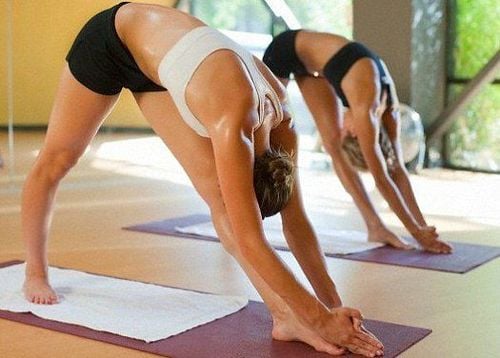
Bikram yoga là một loạt các tư thế yoga được thực hành trong những căn phòng có nhiệt độ trên 40 độ C và độ ẩm là 40 phần trăm
2. Is hot yoga good and what you need to know about hot yoga?
Bikram yoga, often referred to as "hot yoga," continues to provoke fierce controversy from advocates and critics alike. This style of yoga in a room with high heat and humidity is still popular with a section of yoga enthusiasts despite the scandals that seem to have led to the creator of the form of yoga - Bikram being expelled from the world. USA. Overall, however, yoga will continue to thrive in this country. A 2016 survey estimated that 36 million Americans practice some form of yoga. This number has increased from 20.4 million in 2012. Women make up 72% of yoga participants. People between the ages of 30 and 49 make up 43 percent of the practitioners. There aren't any firm numbers on how many of these people practice hot yoga, but those who say they like to sweat while doing yoga.A Bikram yoga class performs a series of fixed traditional poses for 90 minutes, in a room with an air temperature of 40 degrees Celsius and 40 percent humidity. Besides that, there are also many yoga classes that tinker with the recipe to come up with their own versions of hot yoga.
However, we won't find such things at Yoga Shala in Portland, Oregon. The founder of this yoga establishment - Jody Kurilla happily sends practitioners who want to practice hot yoga to another studio. As a yoga practitioner for over 25 years, Jody considers “hot yoga” to be the opposite in meaning. She told Healthline in 2015, it's a good idea to do classical yoga without breaking a sweat or getting your heart rate up.
“To put yourself in a hot room and do it on purpose is not what yoga is designed to do,” she says. “You have to cultivate prana, or energy, not scatter it.” She says that people who practice hot yoga are addicted to the endorphins their bodies produce in response to being pushed further than they would like. Kurilla added: “Yoga is not about extremes. As the Dalai Lama said, the highs are very high, the lows are very low, and the middle is very boring. But after a while, it becomes much deeper.”
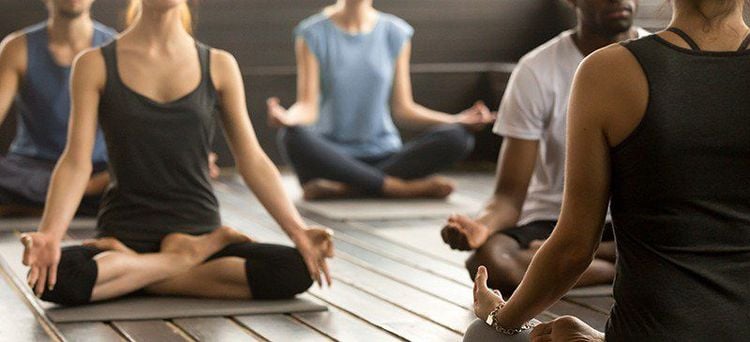
Bikram yoga, thường được gọi là “yoga nóng”, tiếp tục gây ra tranh cãi gay gắt từ những người ủng hộ cũng như những người chỉ trích phương thức luyện tập này
2.1. Safety concerns about hot yoga The American Council on Exercise (ACE) published a study in 2015 that raised concerns about Bikram yoga. During a 90-minute class, body temperature continued to rise in healthy subjects participating in a hot yoga experience. The participants' temperatures peaked at 39.5 degrees Celsius, just short of the 40 degrees Celsius that doctors consider dangerous. “For someone who is not suitable or new to Bikram yoga there is some concern that they may experience some degree of heat intolerance,” said Dr. Cedric Bryant, Scientific Director at the Council on Exercise USA Gymnastics has said.
ACE recommends that beginners do regular yoga or do hot yoga in a lower-temperature studio. An earlier study by the American Council on Exercise published in 2013 found that lower-temperature hot yoga classes generally pose no risks or, if at all, mild conditions. But all hot yoga participants should lie down or leave the room if they feel nauseous, dizzy or confused during class. "You want to use some common sense when you're not feeling right," says Bryant.
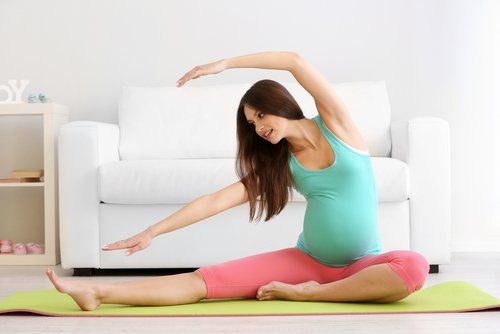
ACE khuyến nghị những người mới tập nên tập yoga thông thường hoặc tập yoga nóng tại phòng tập có nhiệt độ thấp hơn
However, according to Mindy Caplan, a yoga instructor and as a fitness expert certified by the American College of Sports Medicine, many participants did not feel comfortable with higher temperatures. “The Groupon out there said, you can try hot yoga and it's usually people who haven't done yoga before and they go there,” she told Healthline in 2015. “But they just couldn't offer it. enough water for their practitioners.”
Pregnant women and people with diabetes or any cardiovascular problems, including high blood pressure, As recommended by the American Council on Exercise and Canadian medical groups, yoga should be avoided hot. Rissel said she's seen pregnant women in hot yoga classes, but they've adapted because "they've been doing it for years." People with pre-existing medical conditions should consult their doctors before starting a hot yoga program to ensure that they are not at high risk of complications. When participating in a hot yoga class, students also need to pay attention to how their body feels.
Healthline's medical network advises anyone experiencing side effects from taking a hot yoga class to leave their body immediately and seek medical attention.
2.2. Hot Yoga Practice Critics say that part of the practice invented by Bikram that sets it apart from other forms of hot yoga is the style of instruction. While most yoga classes, including many hot yoga classes, encourage students to do things at their own pace, Bikram instructors often don't.
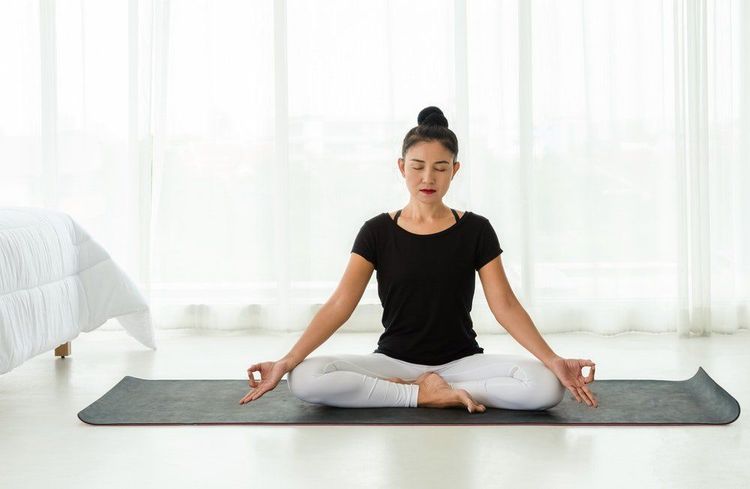
Các nhà phê bình nói rằng một phần của phương pháp tập luyện do Bikram phát minh ra khác biệt so với các hình thức yoga nóng khác là phong cách hướng dẫn
2.3. Hot yoga and weight loss Although it can increase the risk of some health problems for practitioners, in general, hot yoga is safer than many other sports. That is the opinion of Bryant – a longtime yoga teacher. Bryant adds: “The fact of the matter is that there are a large number of people who engage in hot yoga without understanding what they need and what they will gain from this form of practice. The effects of hot yoga are not all that powerful. The body can handle light activities at high temperatures, but vigorous activity, such as football, is relatively complex."
According to a series of studies, including one funded by Bikram Yoga College, hot yoga burns only about 500 calories in a 90-minute class. "I wouldn't endorse it as an exercise to try to promote more calorie burning for weight loss," says Bryant. I think most students would be very disappointed if they turned to hot yoga for that.”
In fact, a small study published in January 2018 concluded that the poses and stretches associated with Bikram yoga benefited the participants... not the room. heated.
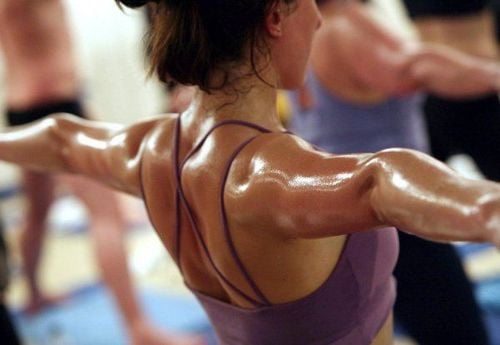
Mặc dù có thể làm tăng nguy cơ mắc một số vấn đề sức khỏe cho người tập nhưng nhìn chung, yoga nóng an toàn hơn nhiều môn thể thao khác
Rissel, hot yoga devotee agrees that heat increases flexibility. But she sees overwork as simply a question of overdoing it. “If you put in too much effort in a Bikram class, you are going to overexert yourself in any class,” she says.
Injuries that occur in all forms of yoga are usually minor injuries. However, it seems that if there were injuries at hot yoga studios, it would be a lot more serious, as Bryant said.
Hot yoga is an intense form of exercise and can help increase flexibility. It offers all the same benefits as any other type of yoga, but the practitioner will sweat more than when doing yoga in an unheated and humid room. If you want to try this popular exercise, be sure to drink plenty of water, wear loose, moisture-wicking clothing, and bring warm clothing afterward. Experts recommend avoiding hot yoga if you have heart problems, are pregnant, or you have any other medical condition that could be dangerous. Hot yoga is a form of practice, which means you won't master it, but you'll always strive to improve your skills, whether it's calming your mind, toning your body. , increased flexibility or any of the other great benefits yoga has to offer.
Please follow the website ( www.vinmec.com ) for more information on health care instructions, which we will update regularly.
Please dial HOTLINE for more information or register for an appointment HERE. Download MyVinmec app to make appointments faster and to manage your bookings easily.
References: byrdie.com, healthline.com, mayoclinic.org



